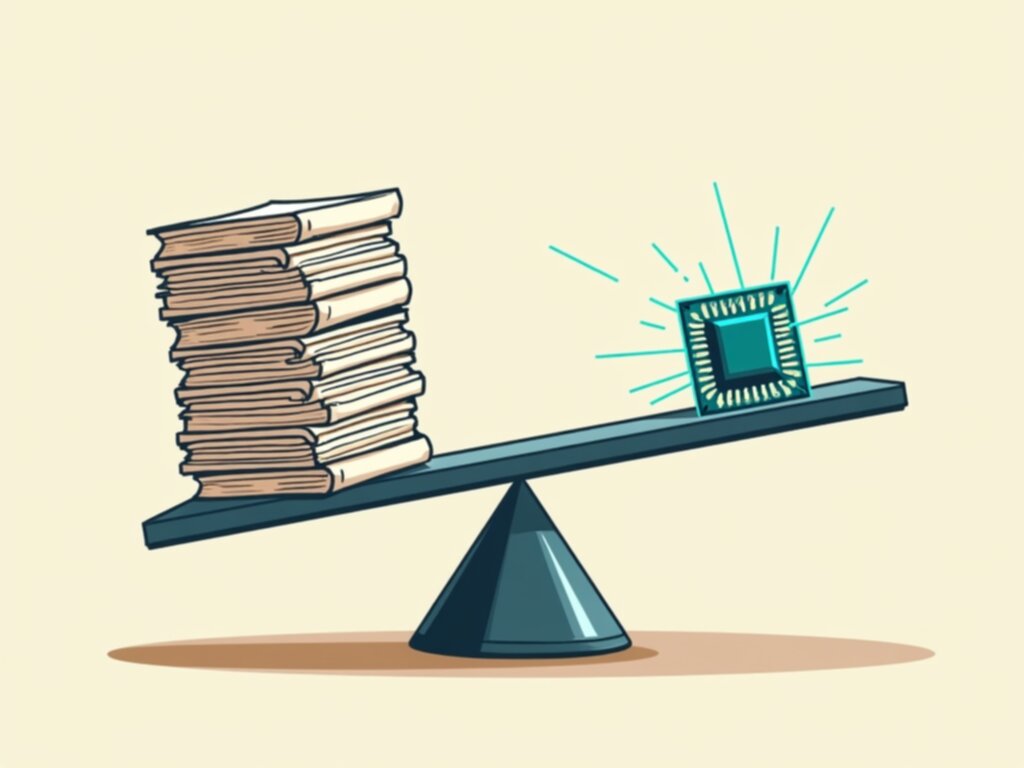Navigating the Nuances Key Criteria for Patenting Methods in 2024

The patent office floor, even in late 2025, still feels like a high-stakes chess match, especially when you're trying to secure protection for a *method*. We aren't talking about a tangible widget you can hold; we’re talking about a sequence of steps, an algorithm applied to a process, or perhaps a novel way of managing data flow. I've spent the last few months staring at examiner reports, trying to reverse-engineer what exactly shifts a procedural claim from being an abstract idea—the bane of many software inventors—to something patentably concrete. It seems the bar keeps shifting, not necessarily because the law has changed dramatically, but because the application of existing judicial precedent demands an almost surgical precision in claim drafting.
My initial assumption, based on older literature, was that simply adding a "computer-implemented" preamble would suffice. That notion, frankly, is quaint now. If you're aiming for defensibility against a revocation challenge or a quick rejection, you need to show the method is tethered to more than just generic digital processing. It requires demonstrating that the steps themselves transform the subject matter in a way that is distinctly different from what a person could do with pen and paper, even if that person were using a calculator. Let's examine what seems to be working in practice right now when these method claims face scrutiny.
The first major hurdle I keep encountering revolves around the concept of "significantly more" than the abstract idea itself, a concept heavily influenced by interpretations of Section 101. If your method describes a mathematical formula or a fundamental economic practice, you have to clearly articulate how the steps integrate physical reality or a specific, non-generic technical improvement. I've noticed successful claims often focus tightly on how the method interacts with specific hardware limitations or resolves a technical bottleneck unique to the digital environment, rather than just describing a business outcome. For instance, claiming a method for optimizing server load distribution is weak unless you detail *how* the steps modify the internal functioning of the network stack or memory allocation in a non-conventional manner. Simply stating the steps are performed on a general-purpose computer provides almost zero insulation against rejection. The specificity must reside within the claimed steps themselves, demonstrating an inventive concept realized through the execution sequence. Think about the tangible effect on the machine, not just the informational output.
Reflecting on successful filings, the second area demanding obsessive attention is the step-by-step transition language within the claim set. Examiners are highly attuned to claims drafted using vague transitional phrases like "comprising the step of initiating." Instead, the language needs to enforce a necessary sequence where the output of one step is an essential, non-optional input for the next, creating a tight loop of technical activity. Furthermore, when dealing with machine learning methods, merely claiming the training process is often insufficient; the novelty must reside in how the trained model is *applied* to solve a specific, practical problem that isn't merely rephrasing the underlying math. I suspect that future successful method patents will increasingly need expert declarations detailing why this particular sequence of operations yields a technical advantage over prior art methods that used similar computational tools but lacked this specific procedural articulation. It’s about proving the *how* is inventive, not just the *what* is being calculated.
More Posts from patentreviewpro.com:
- →Cosmetic Surgical Advances Driven by Patent Innovation
- →2024 USPTO Patent Filing Costs A Breakdown of Fees by Entity Size and Application Type
- →The Evolution of Non-Traditional Trademarks From Sounds to Scents in Modern Brand Protection
- →Average Trademark Registration Timeline A 2024 Analysis of USPTO Processing Delays
- →Patent Center's 2024 Updates Streamlining the Electronic Submission Process
- →How to Use the USPTO's TESS Database to Verify Trademark Status of Phrases in 2024